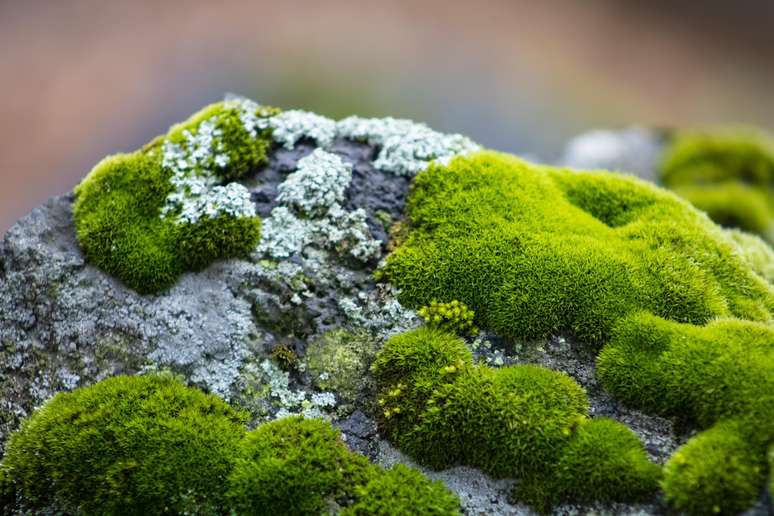The most common is to notice the appearance of this species in ceramic pots.
Is moss that appears in pots over time harmful to plants? Is it necessary to remove it?
html[data-range=”xlarge”] figure image img.img-9368a2a583be0e6a6e4e1d138a950c6c293kj5n7 { width: 774px; height: 516px; }HTML[data-range=”large”] figure figure img.img-9368a2a583be0e6a6e4e1d138a950c6c293kj5n7 { width: 548px; height: 365px; }HTML[data-range=”small”] figure image img.img-9368a2a583be0e6a6e4e1d138a950c6c293kj5n7, html[data-range=”medium”] figure image img.img-9368a2a583be0e6a6e4e1d138a950c6c293kj5n7 { width: 564px; height: 376px; }
“Don’t worry! The moss does not interfere with the development of vegetation“, warns landscape designer Chris Roncato. “It is also a plant, from the bryophyte group, and grows in humid places, also serving as an indicator of good humidity. Therefore, it is not necessary to remove it”, concludes the consultant Giuliana del Nero Velasco, of the Laboratory of Trees, Wood and Furniture of the Institute of Technological Research (IPT).
The most common thing is to notice the appearance of this species in ceramic vases: “This is because they retain more humidity than containers made of other materials”, explains the landscape architect from São Paulo Kate Poli. However, if the look bothers you too much, you can remove it using a sponge or brush with bleach and soap. But Chris warns to be careful with applying these products: “Chemicals can change soil PH and kill planted species, so analyze carefully if it’s worth it.”
Source: Terra
Ben Stock is a lifestyle journalist and author at Gossipify. He writes about topics such as health, wellness, travel, food and home decor. He provides practical advice and inspiration to improve well-being, keeps readers up to date with latest lifestyle news and trends, known for his engaging writing style, in-depth analysis and unique perspectives.









